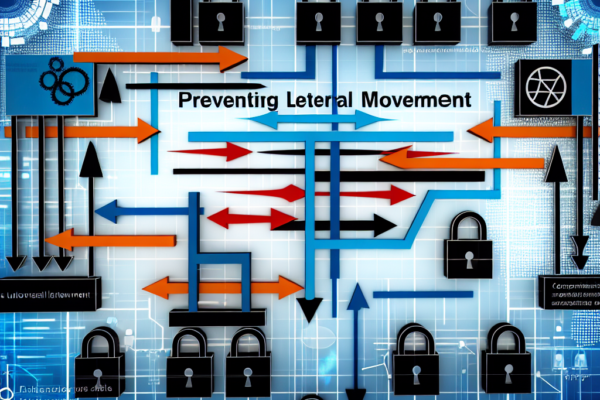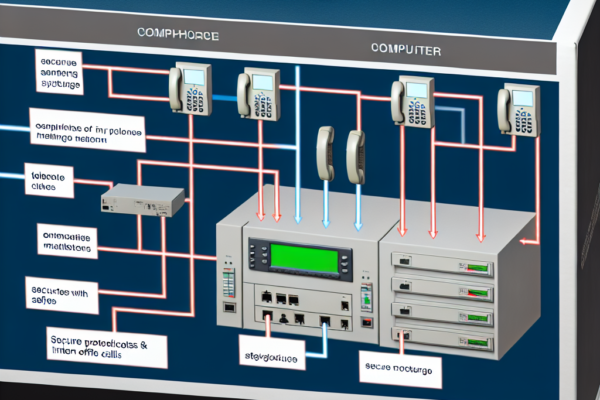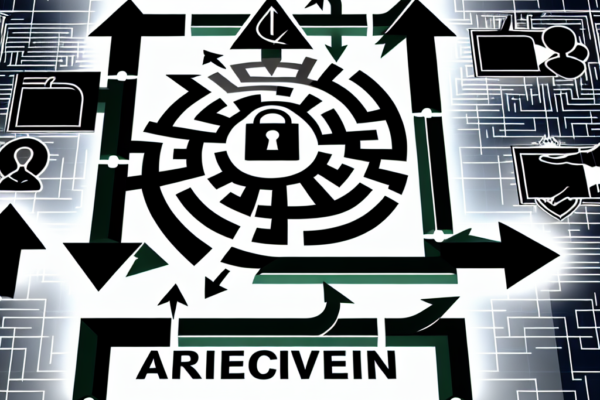
Preventing Lateral Movement
Implementing the following protective measures will provide a buffer of time and enhance the ability to identify attempts at lateral movement within your network. 1. Safeguard Credentials It is essential to secure all credentials on a network, particularly those associated with administrator accounts, to prevent unauthorized access to devices and systems. A prevalent attack strategy…









